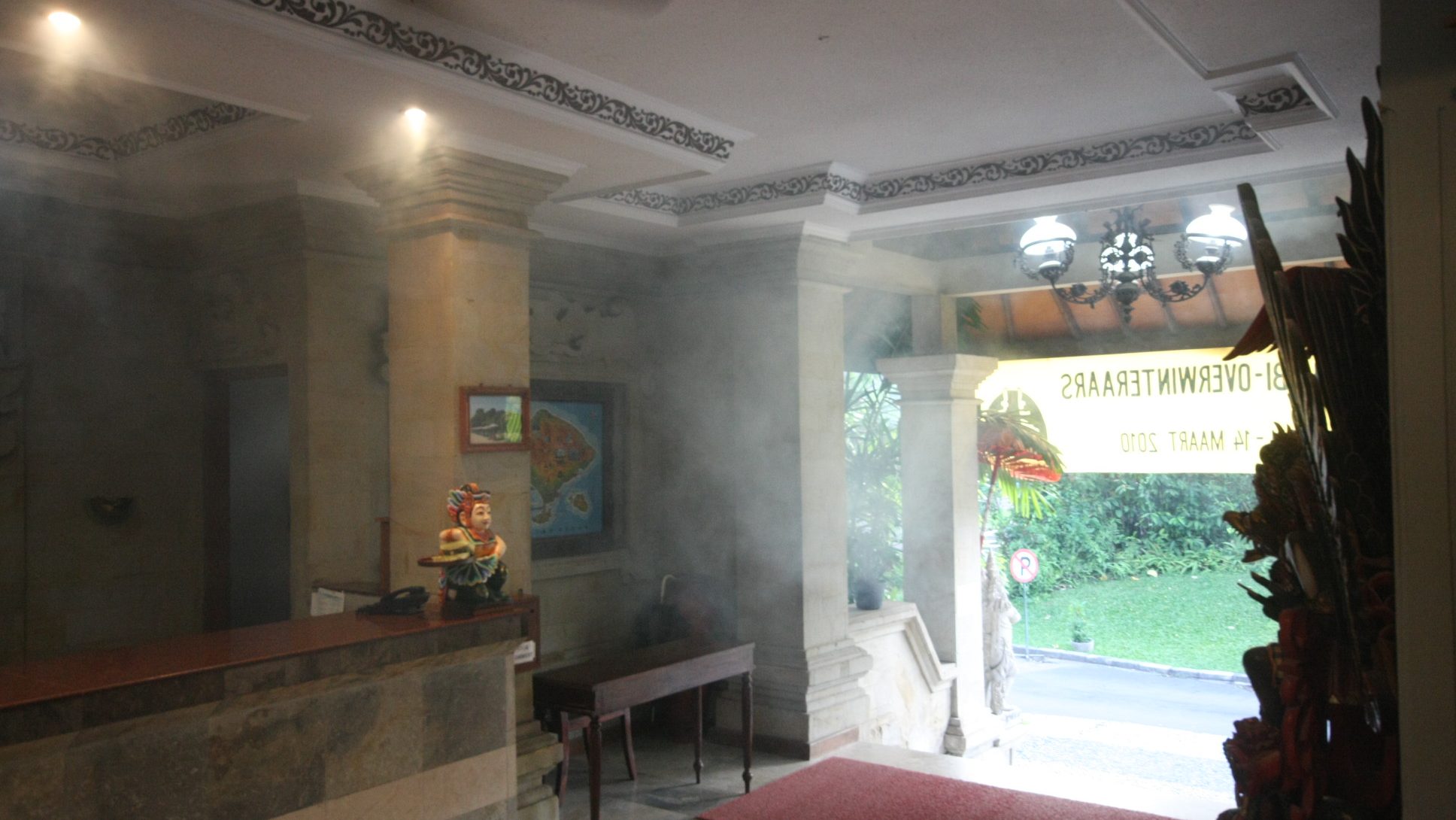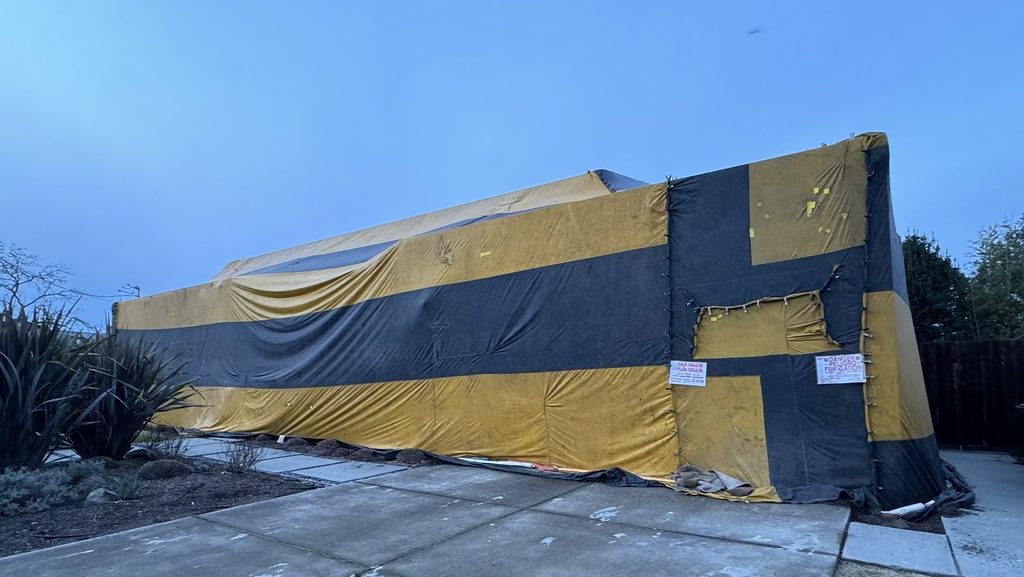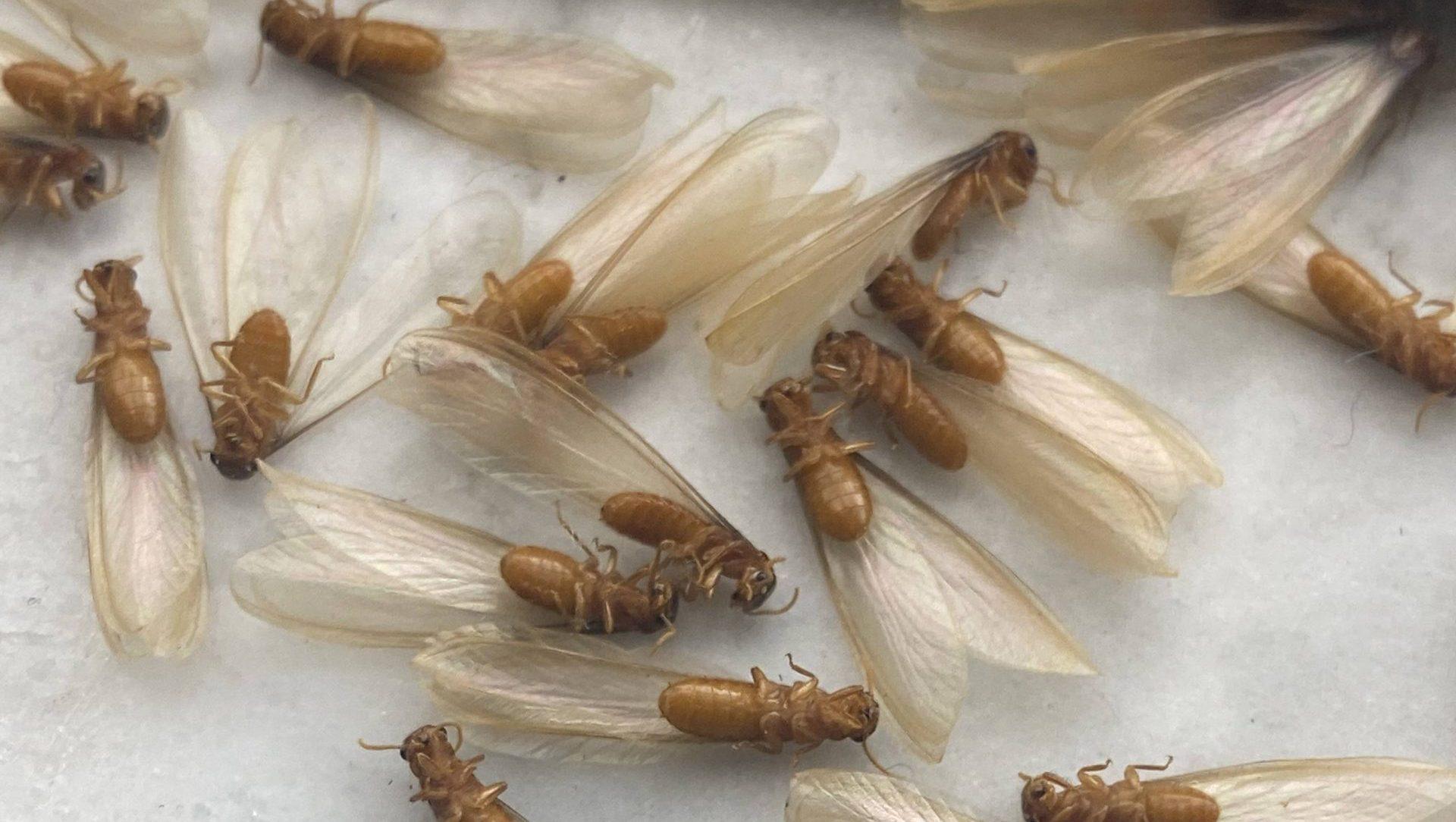Key Takeaways
- Termite tenting is one of the most effective ways to eliminate drywood termites.
- The cost can range from $1200 to $3,000, depending on the size of your home and the extent of the infestation.
- Preparation is key. Be ready to remove food, relocate pets, and seal up your house.
- Fumigation takes 24 to 72 hours and requires you to vacate your home during the process.
- Alternatives to termite tenting, such as heat treatment and baiting systems, are available but may take longer or be more localized.
 Discovering termites in your home can be gut-wrenching—honestly, it’s every homeowner’s nightmare. These tinny pests quietly chew through wooden beams and walls, causing potentially costly damage. But here’s the good news: termite tenting (also known as structural fumigation) can quickly and effectively solve this problem.
Wondering if termite tenting is right for you? Let’s walk through the details together.
Discovering termites in your home can be gut-wrenching—honestly, it’s every homeowner’s nightmare. These tinny pests quietly chew through wooden beams and walls, causing potentially costly damage. But here’s the good news: termite tenting (also known as structural fumigation) can quickly and effectively solve this problem.
Wondering if termite tenting is right for you? Let’s walk through the details together.
When Do You Really Need Termite Tenting?
- Not every termite situation calls for tenting. However, termite tenting becomes essential when:
- Drywood termites infest multiple areas, making localized treatments ineffective.
- Damage is extensive, affecting several rooms or structural areas.
- Previous treatments like spot sprays or orange oil haven’t solved the problem.


Not getting a solution?
Get your free pest control estimate today!What’s Termite Tenting Anyway?
Picture your house completely covered by a giant, colourful tarp—yes, just like a circus tent. Inside, trained pest control specialists release a fumigant gas (usually sulfuryl fluoride) that penetrates deep into the walls, beams, and furniture, killing termites and other hidden pests. Sure, it might look dramatic. But here’s the thing: termite tenting is effective and safe when handled by professionals.What’s the Damage? Costs of Termite Tenting
Okay, here’s where things get a bit tricky—cost. Termite tenting can be a significant investment, but considering the potential for severe damage to your property, it’s a small price to pay for peace of mind. So, how much are we talking about?- For homes between 1,000 and 1,500 sq.ft., expect to pay anywhere from $1200 to $3,000.
- 1,500 to 2,000 sq.ft.? That could run you $1,800 to $5,000.
- If you’re looking at something closer to 3,000 to 4,000 sq.ft., costs could jump to $12,000 or more.
Additional Costs to Consider
-
Pre-fumigation Inspection: It usually costs between $75 and $150 to have a pest control professional assess your home.
-
Temporary Lodging: You’ll have to find somewhere to stay while your home is tented. That’s an additional expense (but at least you get to live like you’re on vacation for a bit).
-
Post-fumigation Inspection: This can be an extra charge to make sure everything’s been handled correctly. After all, you don’t want any termites making a comeback.
The Process: What Happens During Termite Tenting?
I get it—fumigating your house sounds like a lot. And it is. But understanding how it works can help you feel more at ease with the whole process. Here’s a breakdown of what you can expect: 1. The Inspection It all starts with a thorough inspection. Pest control experts will assess the situation, determining if termite tenting is right. This helps identify the extent of the infestation and whether you have other potential risks in the home (such as moisture issues, which can attract even more pests). 2. Preparation: Getting Ready for the Big Day This is when you’ll need to go into prep mode. Before the fumigation starts, you’ll have to:- Pack up all food (both human and pet food), or place it in unique fumigation-proof bags.
- Evacuate your pets (no one likes the smell of chemicals, and, honestly, they won’t thank you for this “spa treatment”).
- Seal windows and doors, and remove or cover any valuables that could be affected by the gas. While fumigants are safe once they’ve dissipated, you’ll want to take precautions for your belongings.
 3. The Fumigation
Once everything is prepped, your home is tightly sealed in a tent, and the fumigant gas is released. It’ll usually take 24 to 72 hours for the gas to permeate the structure and do its job thoroughly. Don’t worry, the pest control company will be monitoring things closely to ensure safety.
4. Aeration: Fresh Air, Finally
After the gas has done its work, the home needs to be aired out. This is a crucial step. The gas is toxic during fumigation, so your home needs proper ventilation once the termites are eliminated. This could take a few hours, and you’ll only be allowed to re-enter once the pest control professionals confirm it’s safe.
3. The Fumigation
Once everything is prepped, your home is tightly sealed in a tent, and the fumigant gas is released. It’ll usually take 24 to 72 hours for the gas to permeate the structure and do its job thoroughly. Don’t worry, the pest control company will be monitoring things closely to ensure safety.
4. Aeration: Fresh Air, Finally
After the gas has done its work, the home needs to be aired out. This is a crucial step. The gas is toxic during fumigation, so your home needs proper ventilation once the termites are eliminated. This could take a few hours, and you’ll only be allowed to re-enter once the pest control professionals confirm it’s safe.
 5. Re-entry: You’re Back Home
Once your home is safe to re-enter, you can return—hopefully termite-free. Before moving back in, you’ll usually get a post-fumigation inspection to double-check that the job was done right.
5. Re-entry: You’re Back Home
Once your home is safe to re-enter, you can return—hopefully termite-free. Before moving back in, you’ll usually get a post-fumigation inspection to double-check that the job was done right.
What Should You Expect During the Tent Fumigation Process?
Termite tenting is a pretty big deal. Honestly, you can expect some inconvenience, but the benefits usually far outweigh the temporary hassle. Here’s a quick rundown of what you’ll experience:Things to Consider About Termite Tenting
-
Duration: It’s not a quick fix. Expect to be out of your home for up to 4 days.
-
Displacement: You’ll need to find somewhere to stay (but hey, think of it as a mini vacation).
-
Safety Measures: Professional fumigators will follow strict protocols to ensure the gas is fully contained, and your home is only cleared for re-entry when it’s safe.

Alternatives to Termite Tenting
- While termite tenting is the most comprehensive treatment, it’s not your only option. If fumigation doesn’t sound right for your situation, consider these alternatives:
-
Heat Treatment: This involves raising your home’s temperature to a level lethal to termites. It’s chemical-free and eco-friendly, but it can be pricier.
-
Baiting Systems: A slower, less invasive method where bait stations attract and kill termites over time. It’s effective but might take months to work fully.
-
Liquid Treatments: These are applied around the foundation to create a barrier. However, they don’t address termites already inside the wood.
Visit our Species, Control, and DIY Guide sections for additional resources on termites and ways to tackle a termites infestation.





